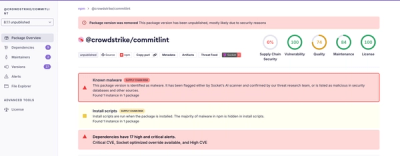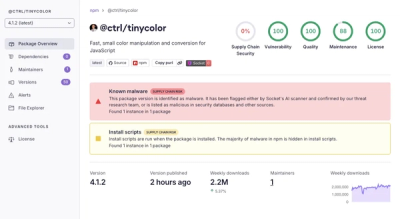NGX-FIREBASE-CMS
🛑🛑UNDER DEVELOPMENT 🛑🛑
🛑 DONT USE 🛑
Description
ngx-firebase-cms is a set of tool that combines the admin panel using ng-zorro-antd and backend linkage to Google Firebase with what developers need for their Angular project. It provides user authentication, file storage and firestore database using Google Firebase.
Features
- User Authentication using Firebase Authentication
- Media upload using Firebase Storage
- Post CRUD using Firebase Firestore
- Admin Panel using
ng-zorro-antd
Environment Support
- Angular
^7.0.0
- Modern browsers and Internet Explorer 11+ (with polyfills)
Installation
1. Create a new project
ng new <project-name> --routing
cd <project-name>
2. Install NGX-FIREBASE-CMS
npm i -S ngx-firebase-cms
npm i -S @angular/fire firebase
ng add ng-zorro-antd
3. Add Firebase config to environments variable
Open /src/environments/environment.ts and add your Firebase configuration. You can find your project configuration in the Firebase Console. From the project overview page, click Add Firebase to your web app.
export const environment = {
production: false,
firebase: {
apiKey: '<your-key>',
authDomain: '<your-project-authdomain>',
databaseURL: '<your-database-URL>',
projectId: '<your-project-id>',
storageBucket: '<your-storage-bucket>',
messagingSenderId: '<your-messaging-sender-id>'
},
ngxFirebaseCms: {
}
};
4. Setup @NgModule for the NgxFirebaseCMSModule and edit app.component.html
Open /src/app/app.module.ts, inject the NgxFirebaseCms and BrowserAnimationsModule providers, and specify your NgxFirebaseCms configuration.
import { BrowserModule } from '@angular/platform-browser';
import { NgModule } from '@angular/core';
import { AppComponent } from './app.component';
import { AngularFireModule } from '@angular/fire';
import { NgxFirebaseCMSModule } from 'ngx-firebase-cms';
import { environment } from '../environments/environment';
import { BrowserAnimationsModule } from '@angular/platform-browser/animations';
...
@NgModule({
imports: [
BrowserModule,
BrowserAnimationsModule,
AngularFireModule.initializeApp(environment.firebase),
NgxFirebaseCMSModule.forRoot(environment.ngxFirebaseCms)
...
],
declarations: [ AppComponent ],
bootstrap: [ AppComponent ]
})
export class AppModule {}
Open /src/app/app.component.html, replace with <router-outlet></router-outlet>
5. Enable Email/Password Authenication Provider
Open console.firebase.google.com and go to Develop > Authentication > Sign-in method
6. Amend the Rules for firestore
Open console.firebase.google.com and go to Develop > Database > Cloud Firestore > Rules
Temporarily, allow read/write access on all documents to any user signed in to the application
service cloud.firestore {
match /databases/{database}/documents {
match /{document=**} {
allow read, write: if request.auth.uid != null
}
}
}
This is temporary settings, it is not safe as everyone could register to be a user using any email.
7. Add ngx-firebase-cms Admin Panel to route module
Open app-routing.module.ts and add the NgxFirebaseCMSModule
import { NgModule } from '@angular/core';
import { Routes, RouterModule } from '@angular/router';
import { NgxFirebaseCMSModule } from 'ngx-firebase-cms';
const routes: Routes = [
{ path: 'admin', loadChildren: () => NgxFirebaseCMSModule },
/***
Your other routes
***/
];
@NgModule({
imports: [RouterModule.forRoot(routes, {scrollPositionRestoration: 'enabled'})],
exports: [RouterModule]
})
export class AppRoutingModule { }
The Admin Panel is now at localhost:4200/admin or you could change the admin to any other url
You should consider to add https cert for production use.
8. Run your app
ng serve
Run the serve command and navigate to http://localhost:4200 in your browser.
The default route for Admin Panel is at http://localhost:4200/admin
9. Next step
Next Step: Documents
Usage
Development
Road Map
Contributing
Users
License







